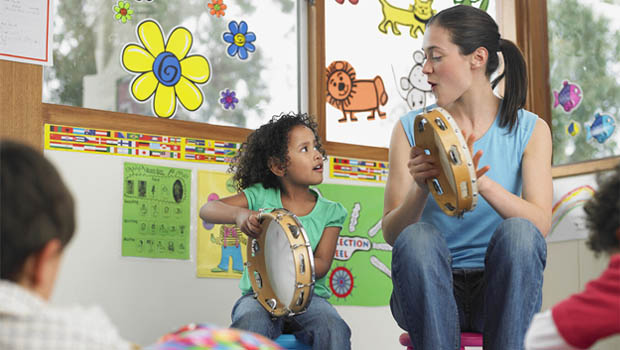8 Things Your Child’s Teacher Should Know About T1D

It’s that time of year – back to school! New notebooks, new clothes, new bookbag, and new teachers that will need a crash course in diabetes education.
When my son was first diagnosed with Type 1 diabetes, we were two weeks into 4th grade. We were lucky in that his teacher has a child that had been diagnosed a year earlier with T1D. That first year was so much easier because she just understood. She even knew to stock up her desk drawer with juice boxes before I had a clue!
But if the stars don’t align so perfectly for you with your child’s new teacher, here are 8 essential tips you can give to get your child’s teacher up to speed on Type 1 diabetes. If you feel shy talking to them about this, you can just forward them this article:
1. Things change quickly. Blood sugars have a mind of their own and what my child’s levels were at 8:15 a.m. have no bearing on his/her blood sugar levels five minutes later. Children can go high or low based on a zillion different factors that scientists can’t quantify.
2. Blood glucose numbers are not bad and they are not good; they just are. A child is at his/her best and in no danger when in a target blood sugar range. The numbers simply provide information that can be acted upon. If a child’s blood glucose levels go high, the child needs to have a bolus shot of insulin and to drink water. If they go low, the child needs to be treated with the right food and re-checked. In the target range – let it be.
3. My child’s body works differently. He or she will snack, drink, and use the bathroom more often than average based on blood sugar levels. Please allow them the space for that flexibility.
4. The way he/she looks and acts with a high is different than the way he/she looks and acts with a low; however, many of the symptoms can be the same. Trust your gut if something looks off to you. When in doubt, test.
5. It is possible my child will not tell you about how he/she is feeling because he/she is embarrassed or tired of going to the nurse. Please jump in and ask her/him to check if you are worried.
6. My child can eat what he/she wants. Having diabetes does not mean that he/she can’t eat what the other kids have. Having diabetes does mean that my child will need your help counting carbs. Google will become your best friend at times for checking carb counts.
7. I am bringing you boxes with juice boxes, snacks, and glucose in case my child goes low. Please keep it in your desk because my child can’t miss a snack or he/she will likely go low.
8. What I most want you to know is that I consider you a partner in educating my child and helping him lead the life he wants. If you have questions or concerns, please let me know, and I will do the same because we are going to communicate probably more than average to make this a successful year!
Thanks for reading this Insulin Nation article. Want more Type 1 news? Subscribe here.
Have Type 2 diabetes or know someone who does? Try Type 2 Nation, our sister publication.







